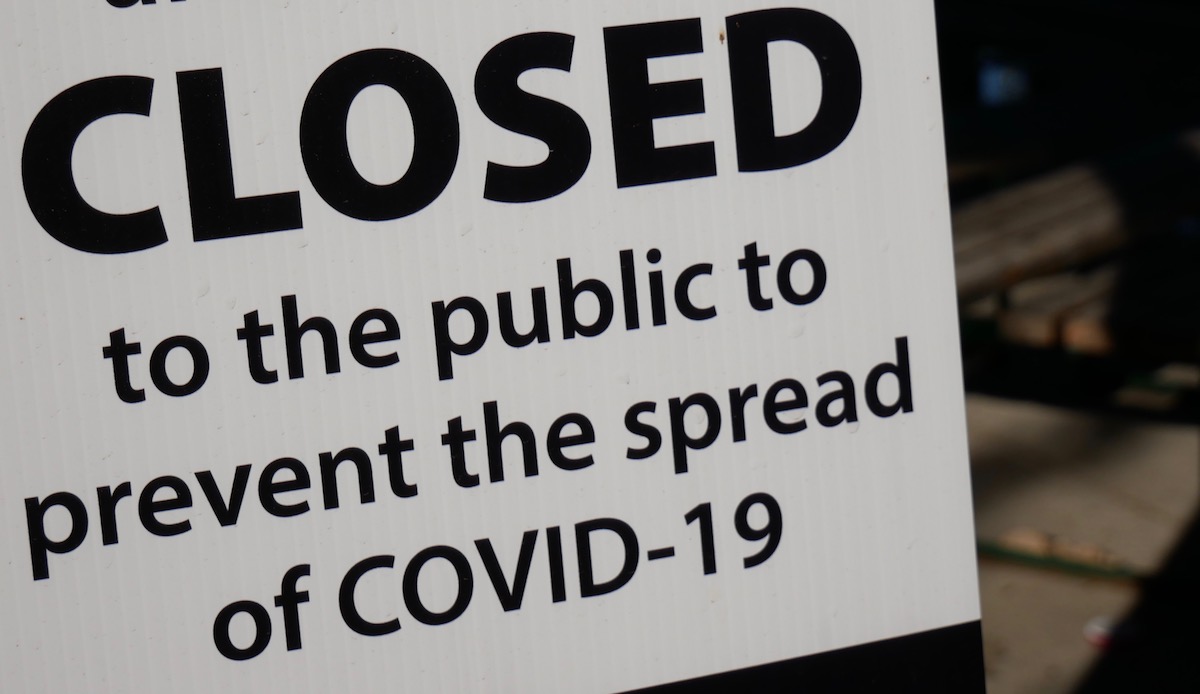
With the possibility of a second wave of COVID-19, University of Guelph researchers have revealed locally-based rather than province-wide lockdowns are most effective at limiting the spread and minimizing the negative social impacts.
The study findings suggest that lifting and re-imposing school and workplace closures on a county-by-county basis, based on local disease prevalence, would lead to fewer days of closure and would impact fewer people than province-wide re-opening and re-closing. And this could all happen without a significant increase in cases.
“A key to successful lockdowns would be to have coordinated re-closing criteria and testing rates across the province,” said lead author, U of G School of Environmental Sciences postdoctoral fellow Vadim Karatayev.

Published today in the Proceedings of the National Academy of Sciences, the study utilized daily COVID-19 case counts from each of Ontario’s 35 health units, representing all 49 of the province’s census areas, to explore the effects of different control strategies before a potential second wave.
The daily case counts were used to estimate the COVID-19 transmission rate and how much the rate increased in more densely populated areas.
The researchers ran the numbers through what is known as a spatially-structured stochastic model, one specifically crafted by Karatayev for this research. Findings show that the dynamics of infections varied from county to county, based on a host of factors related to geography, epidemiology and travel patterns.
“The model presented a clearer picture of variations in travel and in COVID-19 transmission among different areas of the province, as well as person-to-person variations in the presence of symptoms and recovery time,” said Karatayev, who worked on the study with U of G Prof.

Madhur Anand, also in the School of Environmental Sciences and director of the Guelph Institute for Environmental Research (GIER) and University of Waterloo Prof. Chris Bauch, Department of Applied Mathematics.Actual commuting patterns were used to account for daily travel across census areas. In the model, large cities were the hotspots of both travel and disease transmission before the initial lockdown.
“This is true for many regions worldwide, so our general finding applies to other provinces, states and countries which have flattened the COVID-19 epidemic curve,” said Karatayev. “We have seen that COVID-19 is more prevalent in large cities.”
Given the recent improvements in testing, the research team feels that re-closing schools and businesses only in municipalities where cases pass a certain threshold can be as effective as another province-wide lockdown in minimizing total infections.
The study model grew out of one conducted by the same team on climate change, which was focused on trying to understand the role of local governments to address the climate crisis, said Anand.
“When COVID-19 hit, I really started to think about this same issue in the context of solving the response to the disease,” she said. “It turned out there were some very general similarities. We could already see, early in the pandemic, that regional responses needed to be different and coordinated at a higher level.”
Contact:
Vadim A. Karatayev
vkaratay@uoguelph.ca
